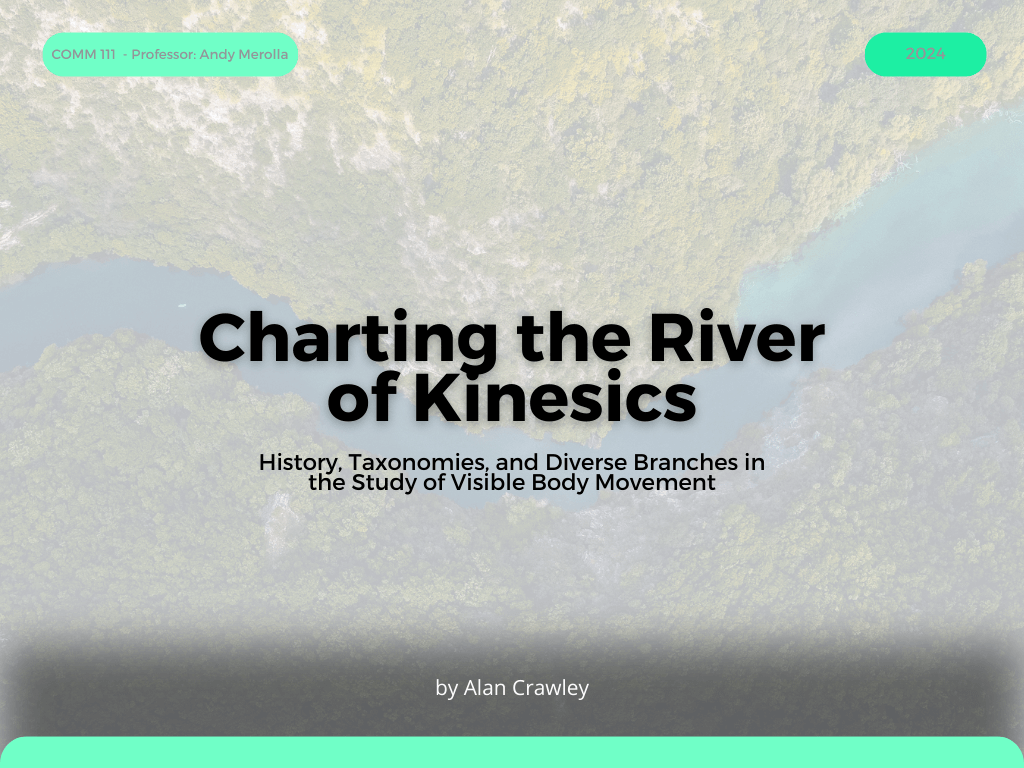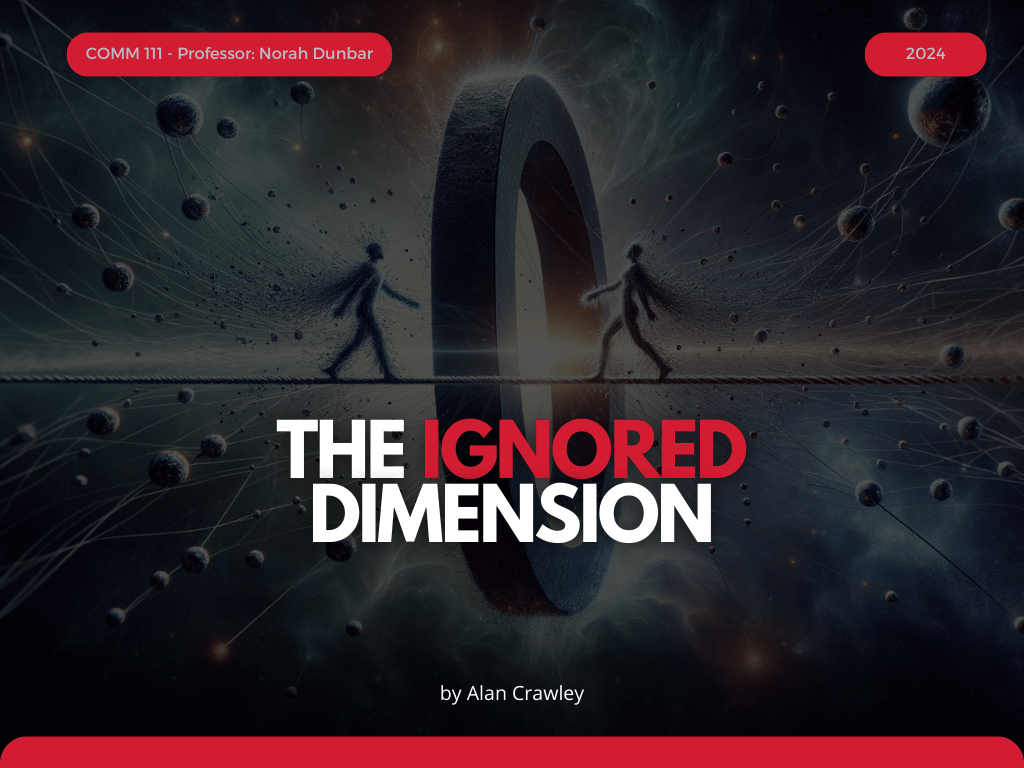Pillars of My Classes: (1) Philosophy Statement
In my teaching philosophy, I strive to create a dynamic learning environment where passion meets precision. Drawing from seven years of refining teaching techniques, I integrate diverse skills and principles to foster an engaging and effective classroom experience. This approach is built on a foundation of authenticity, curiosity, and a commitment to truth and accuracy, ensuring that students not only receive information but are inspired to explore and question.
Download full Philosophy here: Alan’s Teaching Philosophy (2024)
(2) Seven Virtues of my Classes
1. Metaphors and Analogies
Metaphors and analogies are vital for teaching because they create a bridge between new concepts and students’ existing knowledge, making unfamiliar ideas more accessible and memorable. By connecting new information to what students already know, these linguistic tools provide a cognitive “hook” that anchors new knowledge in familiar contexts, facilitating deeper understanding and better recall. This method of overlaying new content onto known structures helps students integrate and internalize new information more effectively.
Students comments about this aspect:
- “Section was helpful because Alan used metaphors and situations that were very easy to understand. The knowledge he applied to his form of teachings were great!”
- “Alan used a multitude of metaphors to explain theories, concepts, and actions for students to understand in an easily understood way”
- “Alan has been the best TA I’ve ever had. I came to section really struggling mentally one day and he was so understanding and kind to me. Not only is he a great person but he was a great TA as well.”


Two examples of analogies that drove the narrative of my latest invited lectures at UCSB in 2024 are: On the left, my class on the introduction to Kinesics, which I likened to a boat trip across the river branches of its different forms, such as rivers of gestures, taxonomy, or postures. On the right, an introduction to the nonverbal channels of Haptics and Proxemics was explored through the metaphor of the space-touch continuum, a single dimension of communication often unnoticed in everyday life.
2. Learning with Humor
Evidence suggests that learning through humor helps students retain knowledge over time and can increase attention and engagement through entertainment. I rely on humor, mainly by framing the content with anecdotes, memes and remarks in order to reduce the seriousness of the content and make it engaing and enjoyable. Similarly, by using self-deprecating humor, which highlights my own failures and reduces perceived power distance, I aim to create a relaxed environment in which failling is not only expected but desired. This approach not only makes the material more enjoyable but also fosters a sense of connection and relatability, ultimately enhancing the overall learning experience and helps building rapport with students.
Students comments about this aspect:
- “The energy and jokes were fun.”
- “The lecture was very fun and engaging”
- “I loved Alan’s lecture! It was super fun and engaging and interesting! Such a good lecturer–good at balancing witty jokes with the main concepts of the course material!”
3. Practical Applications
In my classes, I provide real-world examples to elucidate theories and concepts, making abstract ideas more tangible and relevant. This approach bridges the gap between academic learning and practical application. Following these illustrative examples, I design activities and assignments that offer students unique opportunities to practice their knowledge in meaningful, real-life contexts. Additionally, I provide extensive feedback to help students refine their understanding and improve their skills, ensuring a comprehensive and applied learning experience.
Students comments about this aspect:
- “Alan led the class effortlessly and with great care. He is an outstanding speaker and his knowledge of not only communication, but various other fields was clearly demonstrated through the time I spent in section with him. It was clear that he genuinely cared about both his student’s academic success and well–being. Section was fun and I can confidently say that in the three years I have attended this University he was one of the best TA’s I have ever had.”
- “Great at explaining material, asked us great questions about material, was always happy to give feedback and made the class much easier to understand through section.”
4. Engaging Slides
My slide design is visually engaging, utilizing images and minimal text to convey information effectively. I use color coding to organize content and create a clear, coherent narrative that is easy to follow. Each slide is thoughtfully structured to support the overall story being told, with engaging animations and multimodal support, including audio elements, to enhance the learning experience. This approach ensures that my presentations are not only informative but also captivating and accessible, helping students grasp complex concepts more easily.
My slides are meticulously designed to captivate and maintain student attention, showcasing my dedication to detail and commitment to effective teaching. Each slide features visually engaging elements, including images, minimal text, and color-coded sections, all organized within a clear, coherent narrative. Thoughtful animations and multimodal support, such as audio elements, further enhance the learning experience. This engaging design not only makes the material more accessible and memorable but also demonstrates the care and effort I put into creating a dynamic and immersive educational environment for my students.
5. Creating Opportunities for Disagreement
I actively motivate student participation by creating opportunities for disagreement. After a student shares their thoughts, I open the floor to others willing to engage with or argue against the ideas presented. I encourage students to comment on their peers’ statements and to voice their disagreements if needed, or to ask for support to gauge the level of agreement in the room. When done correctly, these opportunities lead to increased student participation, a plurality of voices being heard, and more nuanced discussions, fostering a deeper understanding and a more interactive-participative learning environment.
- Activity: Discuss why and why not the following four phenomena are communicative: 1) Daydreaming, 2) Listening to music, 3) Eating, and 4) Meditating. Take a stance and defend it. Result? Any of these can be communicative or not, depending on how they are framed. For example, meditating may be a solo activity of interest to psychology; however, if one studies how the quality of a guided meditator’s voice influences self-reported cognitive aspects such as concentration or positive outcomes, this would be communicative. This activity provides a research framework for recognizing communication in everyday life and at the same time motivates disagreement while students debate.
Students comments about this aspect:
- “Alan really encouraged us to ask questions because he genuinely wanted us to succeed. Even if he didn’t know the answer to a question he would make the effort to find out for us.”
- “Alan was always eager to teach and would always encourage participation by letting us know that the space is a safe space for learning.”
6. AI implementation
I leverage AI to enhance my teaching by generating and brainstorming ideas to improve my classes. I encourage students to engage with AI through activities designed to support their learning, showing them how to use AI tools to enhance their educational experience. Additionally, I create AI-generated science music songs to help students connect with the content across different modalities, providing more diverse and engaging learning opportunities. This innovative use of AI not only enriches the learning experience but also reflects my commitment to integrating cutting-edge technology into education.
- Access to a Playlist with 21 Songs about Theories in the field of Communication: Here
- Song with TWENTY tips for Undergrad Essay writing
7. Engagement and Transportation
I design my classes to captivate students’ attention, recognizing their divided focus across multiple devices. By incorporating narrative techniques, I induce transportation—a deep, immersive state that enhances engagement and learning. Practical examples tailored to the audience ensure that the material is relevant and accessible. This approach not only keeps students engaged but also helps to recuperate their attention, making learning a more dynamic and interactive experience. By blending storytelling with practical applications, I create a learning environment where students can fully immerse themselves in the content and connect with the material on a deeper level. This method reflects my commitment to innovative teaching strategies that address the challenges of modern, technology-driven distractions.
- “I thought it was weirdly engaging in terms of planning the lecture. The lecture had a theme that kept me engaged but I do wish there was a little bit more text so it was easier to follow along throughout the lecture.”
- “It was incredible. Alan was a well informed and captivating lecturer. I throughly enjoy listening to him that day”

